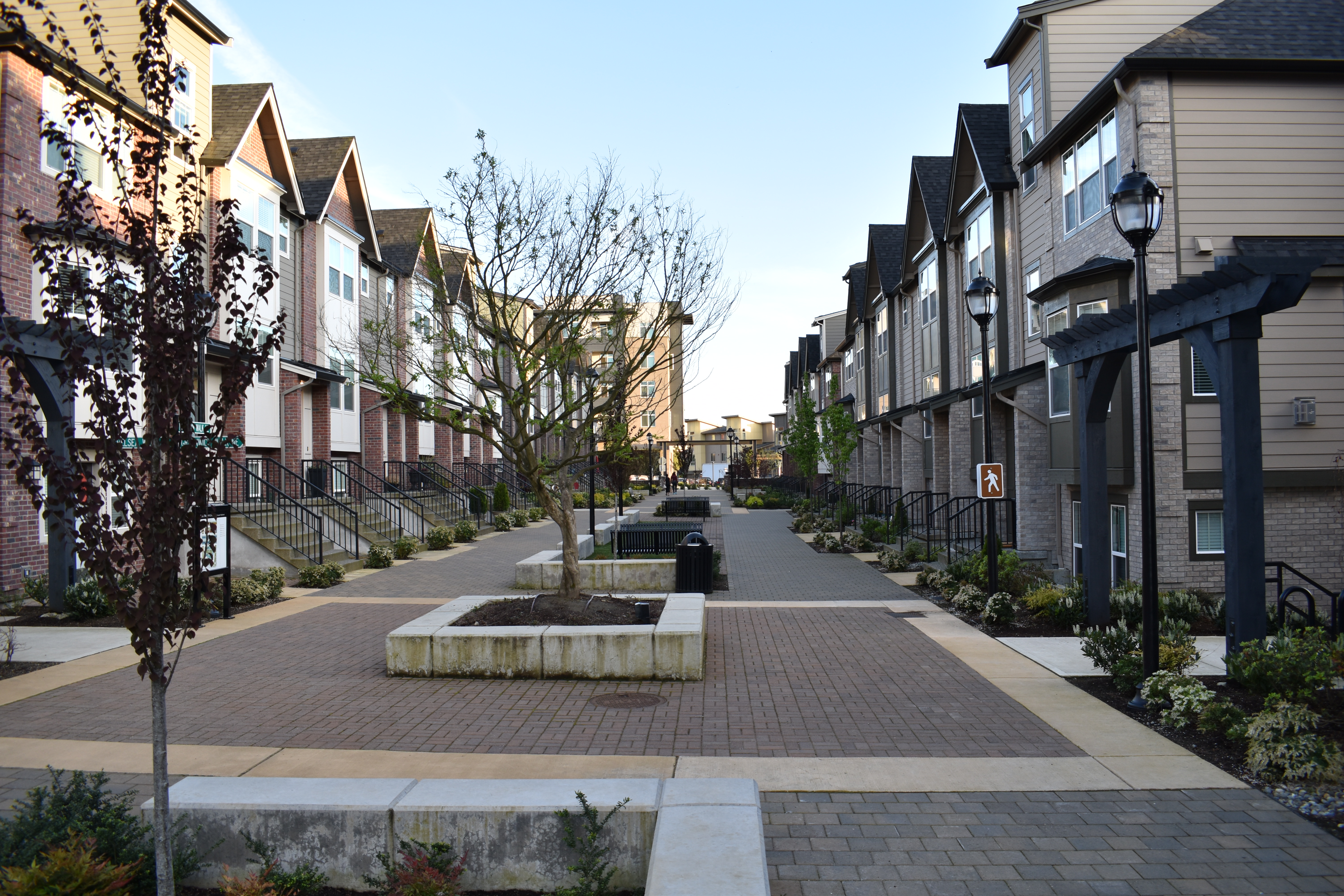
Uploaded on 2017-05-23 by Adam Isaacson
1. UHI in US Cities: Las Vegas (7.3°F) Albuquerque (5.9°F Denver (4.9°F) Portland (4.8°F) Louisville (4.8°F) Washington, D.C. (4.7°F) Kansas City (4.6°F) Columbus (4.4°F) Minneapolis (4.3°F) Seattle (4.1°F) 2. Evidence of UHI in my area: Current temperature in zip code 98101 (downtown Seattle): 75 degrees F. Current temperature in Edmonds, WA: 68 degrees F. Discussion: Although downtown Seattle is several degrees warmer than Edmonds and both are on the shores of Puget Sound, it is difficult to distinguish between UHI-related temperature differences and geography-related differences in a dynamic waterfront area like Puget Sound. The Puget Sound region is known for its micro-climate-like weather - rain in one town while the next might be all sunshine. Marine breezes may keep Seattle cooler than the suburb I live in, Issaquah, which is 15-20 miles east and is not on Puget Sound. Issaquah is set against the foothills of the Cascade Mountain Range and is currently 1 degree F warmer than Seattle. The photos include represent a suburban setting, Issaquah. In nearby Seattle the opportunity for multiple reflections of sunlight on the numerous high rises and therefore the entrapment of solar radiation. According the UHI principles, this will cause the temperatures to be generally higher than outlying suburban or rural areas. Wind also may be sheltered at street level in downtown Seattle, leading to lower heat exchange between buildings and the environment as well as lower heat removal from street canyons. In the photo a fairly narrow pedestrian corridor is shown in a neighborhood of brownstone style townhomes. The narrow width of this corridor decreases the cooling demand because of the reduced amount of entrapped solar radiation. 3. Measure I would propose to address UHI. One measure I would implement in an effort to address UHI effects is give preference in city standards and zone for narrow street canyons. Narrow street canyons would reduce entrapped solar radiation. Another added benefit of narrow street canyons not related directly to UHI mitigation is the more walkable human scale of narrow streets. 4. I am not aware of any UHI-related policies that have been implemented or that will be implemented. I suspect that may be due to the Seattle area’s moderate climate - heat isn’t a perceived worry or threat because the average high temperature in the summer months remains below 80 degrees F.